Where should keen photographers head to in Oslo for the best shots? Find out in this visual guide to the Norwegian capital city.
From sculpture parks and riverside walks to panoramic views of the city, Oslo is packed with picturesque locations. Keen photographers have the opportunity to grab some memorable shots during a trip to Oslo.
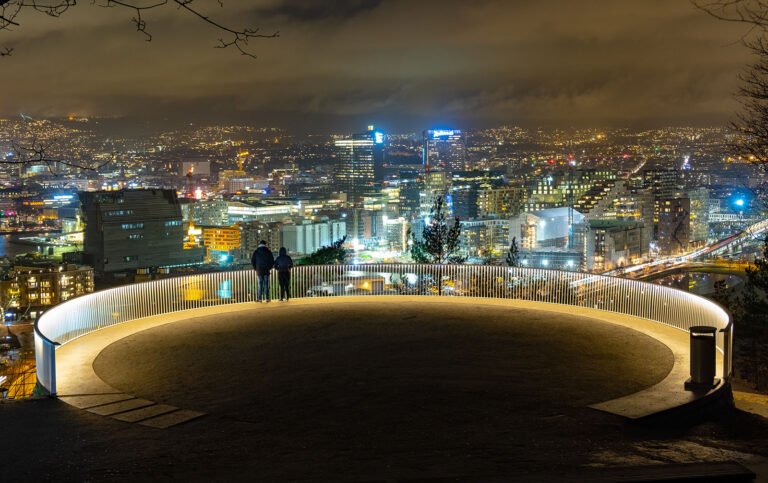
But where are the best places to include into an Oslo itinerary? If you're keen to master your photography skills on your next trip to the Norwegian capital, we've got you covered.
We've pulled together 10 of the best photography locations in the city. This is not intended to be an exhaustive list, but it's something to get you started. Let's get going…
Ekeberg Park
Home to one of the newest sculpture parks in Oslo, Ekeberg remains unknown by many tourists. That's despite the fact the park is the inspiration behind the iconic painting The Scream!
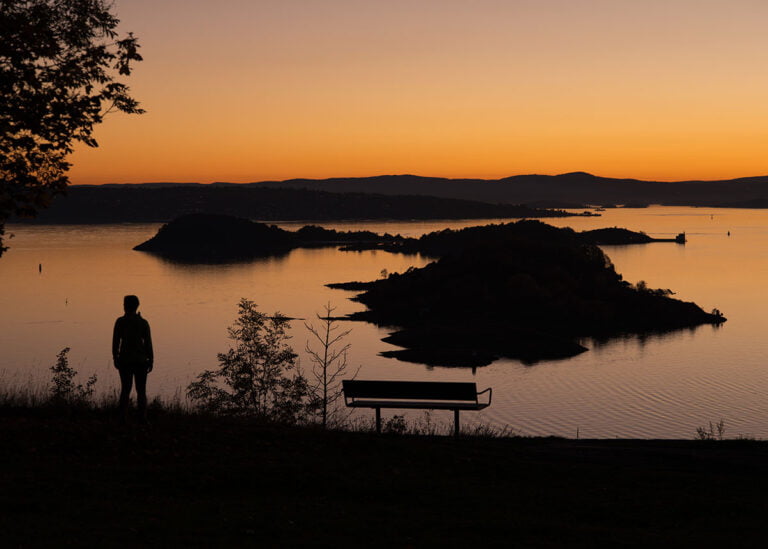
The entire park is vast and offers several points with terrific views over the city and the Oslofjord. While the sculptures are not to everyone's taste, the views from the park definitely are.
Holmenkollen
Over on the other side of the city, line one of the T-Bane takes you up to two of the best viewpoints in the entire city. Firstly, the Holmenkollen ski jump, which offers a great view over Oslo–even if you don't take the trip to the top of the tower.
Of course, the view from the top is outstanding and will make you wonder what possesses a ski jumper to do what they do! But visiting the ski jump isn't just about the view.
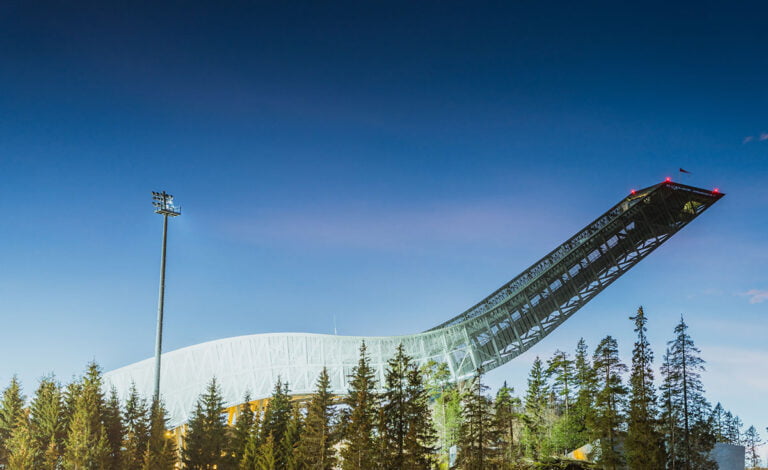
The structure itself is remarkable and worthy of many memorable photos. Opened in 2010 at a cost of NOK 715 million, the hill hosts many FIS World Cup events. The surrounding arena hosts cross-country skiing and biathlon events.
While you're at Holmenkollen, don't miss another couple of photogenic spots. Holmenkollen Chapel was rebuilt in 1996 following an arson attack four years previous, while the distinctive facade of the Holmenkollen Park Hotel has been meticulously maintained over the years.
Frognerseteren
At the end of line 1, Frognerseteren station serves as one of the main gateways to the trails of Nordmarka. But just a few minutes walk down the hill brings you to the spectacular mountain lodge of the same name.
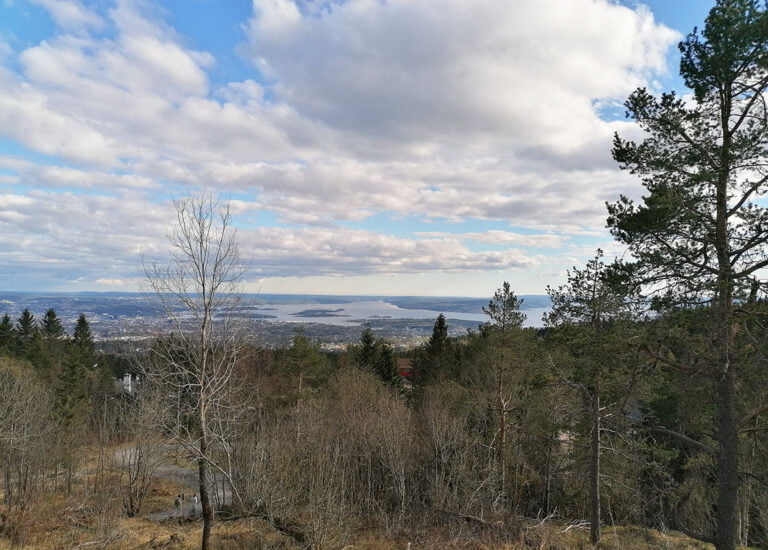
The lodge's atmospheric interior is home to a restaurant and cafe. In the summer, hikers often buy a coffee or a cocoa and step outside to enjoy the view of Oslo.
In the winter, the area is busy with cross-country skiers and people preparing to start the Korketrekkeren toboggan run.
Akershus castle & grounds
Since the Middle Ages, Akershus Castle and Fortress has been a landmark of Oslo. The buildings remain one of Oslo's best historic spots for photographs, but the grounds also offer wonderful views across to Aker Brygge and out into the fjord.
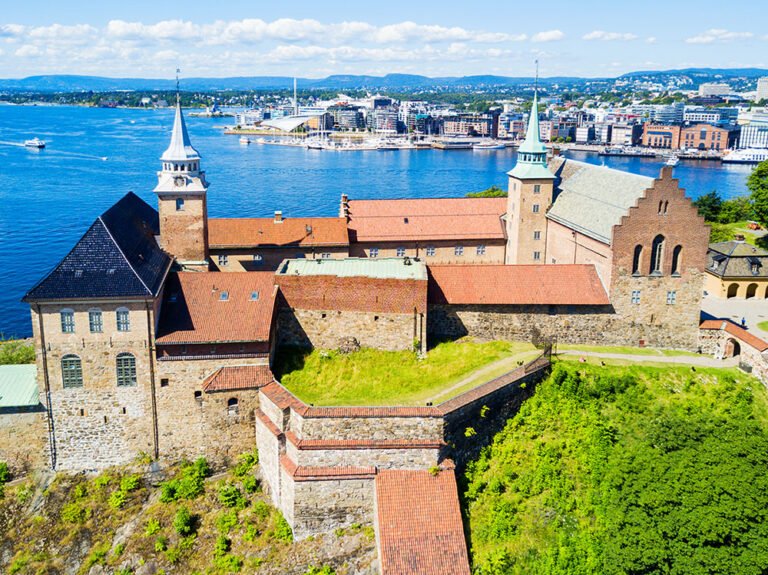
Originally built to protect the city and provide a royal residence, the castle has also been used as a military base and prison. This means there's all sorts of interesting architectural features to inspire your photography.
The relatively simple castle was expanded by Christian IV of Denmak-Norway during his 59-year-long reign. He transformed the castle with bastions to the north, east and southeast and expanded the grounds.
Vigeland sculpture park
Of course, no list of Oslo photo spots would be complete without Scandinavia's most famous sculpture park. The number one free tourist attraction in Norway is visually stunning no matter what time of year you visit.
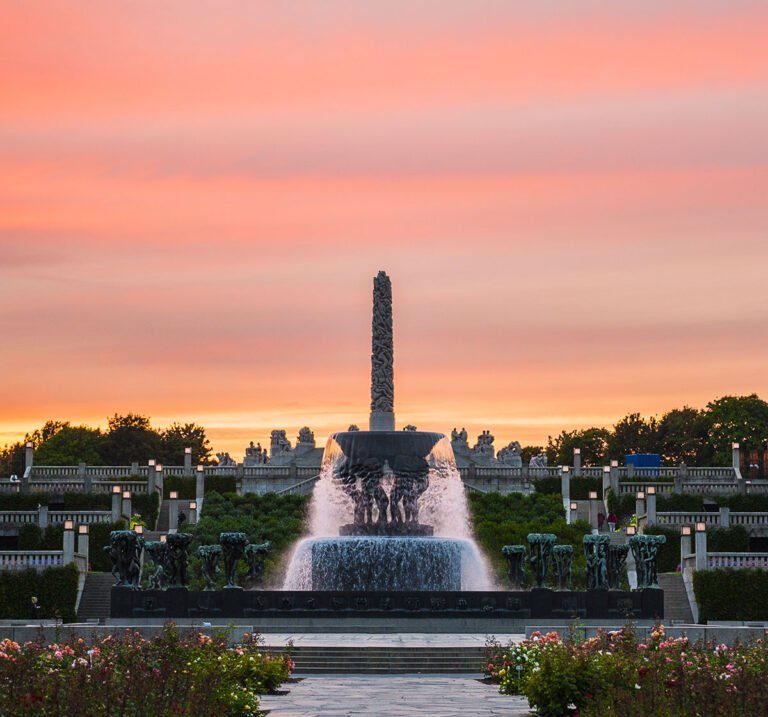
Located in Frogner Park near Majorstuen, Vigeland Sculpture Park is the life's work of sculptor Gustav Vigeland. More than 200 sculptures by Vigeland in bronze, granite and wrought iron are on display.
The best photo opportunities include the fountain (when it's on) and the 55-feet-high monolith designed by Vigeland and completed by three masons over a period of 14 years.
The park is also a popular place to shoot video. Check out our walking tour of the park from the summer of 2021:
The public park is open year-round with no entry fee. Visiting the park in the winter is well worth it for less crowds and a different atmosphere.
Royal Palace gardens
Oslo's Royal Palace attracts many tourists through the year. But not all of them take the time to walk behind the palace and into the gardens, essentially a public park.
Since 1840, the gardens have been a popular recreational area for the residents of Oslo. Large trees, well-kept lawns and picturesque ponds promote relaxation.
Since 2016, a new fairytale-inspired sculpture park opened within the gardens, making them more of a tourist attraction.
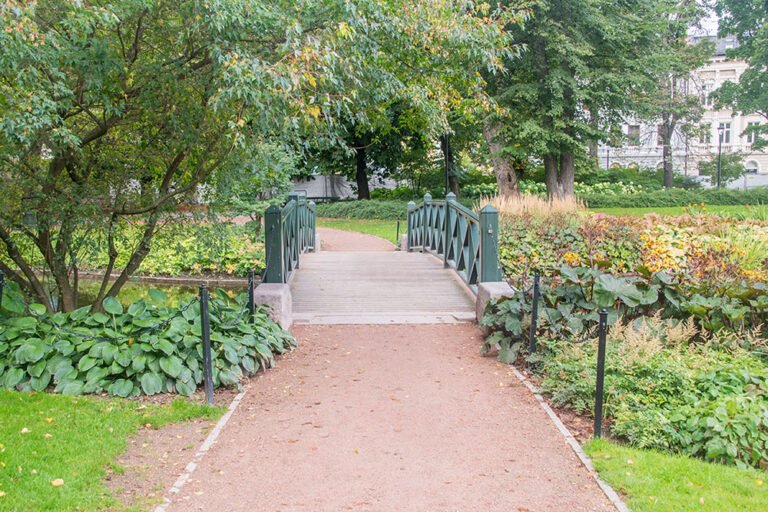
Named after the future Queen of Norway, Princess Ingrid Alexandra, the park was the result of a nationwide competition among schoolchildren.
Other sculptures dotted around the gardens include a small bronze deer, usually found standing on a small island in a pond in the ‘Queen's Park', located at the southern end of the gardens.
Akerselva river
The Akerselva river splits Oslo in two. Walking along the river is one of the first things I did when I moved to Oslo. I often still do whenever I visit the city now.
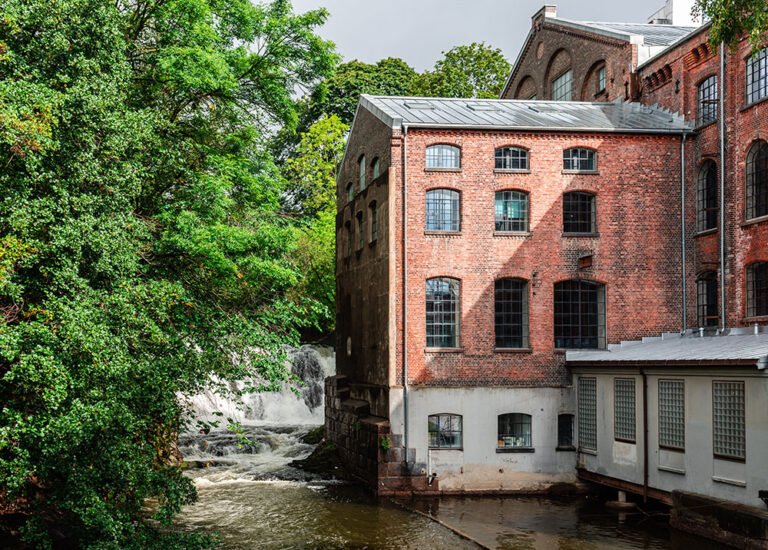
The full waterside path from Maridalsvannet lake to Grønland is 8km long but it links many roads and other pedestrian paths. So, it's easy to take a short stroll along any one particular section.
Along the way you'll see a different side to Oslo. Historic industrial buildings, forested areas, waterfalls and parkland are just some of the highlights along the route.
My recommendation is to take the T-Bane to the modern business neighbourhood Nydalen. Walking back along the river towards the city centre from there should take approximately 45 minutes to Grünerløkka and a full hour to Grønland.
The streets of Grünerløkka
While passing by Grünerløkka, it's well worth taking a detour to enjoy the architecture and vibrant street life of the district. And to stop for a coffee at the Tim Wendelboe espresso bar, of course!
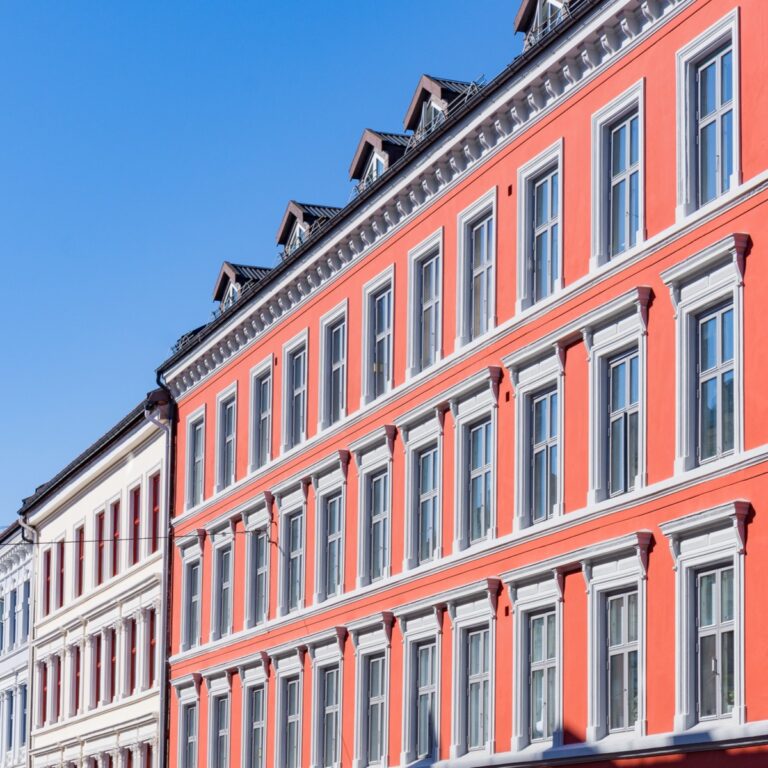
Trams trundle along the main streets, people relax on the grassy squares, locals and tourists shop side-by-side, and cafes and restaurants spill out onto the pavements. There's plenty to see–and photograph–in Grünerløkka.
Oslo Opera House
Since its opening in 2008, the Oslo Opera House has become a true icon of Scandinavia. Like many places on this list, the building itself provides many photo opportunities, as does the view from the roof.
The angled exterior covered with Italian marble and white granite is eye-catching to say the least.
The Snøhetta-designed building won two architecture awards and is equally as intriguing inside—although photos inside the building are generally frowned upon.
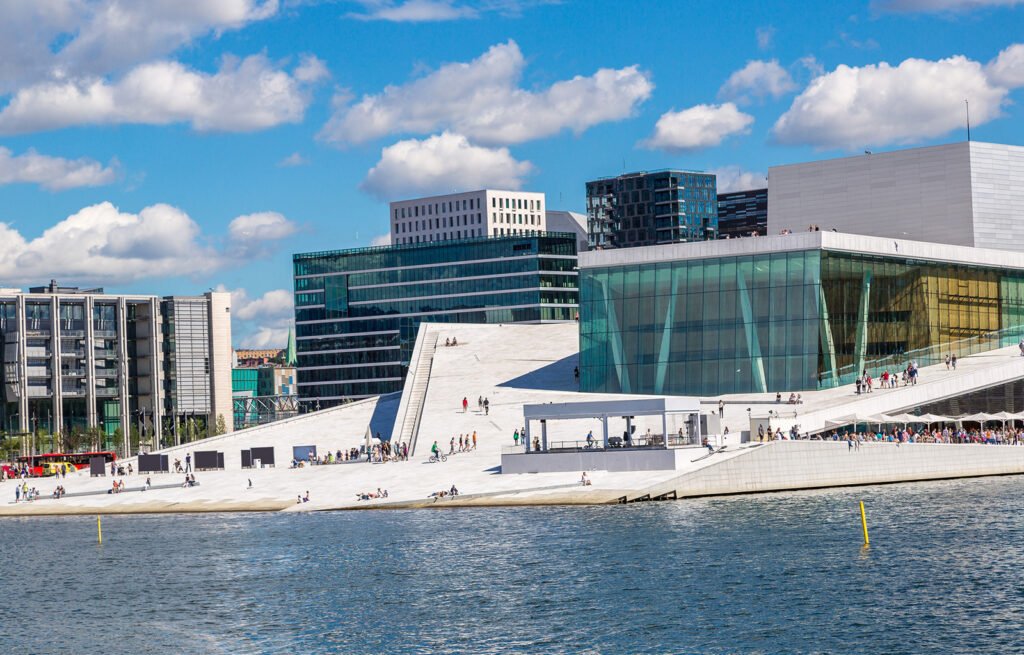
Visitors simply walk up the angled sides to reach the roof. From here, visitors are treated to a view of this ever-changing waterfront region of Oslo, including the Barcode business district, new Oslo library, the apartments and seawater pool at Sørenga, the Munch museum and the Oslofjord.
The islands of the Oslofjord
Another of my favourite things to do in Oslo is to take the public ferries out to one of the islands. Hovedøya is one of the best for photographers and just five minutes by boat from the pier in front of Oslo city hall.
Despite an area of just 400 square metres, Hovedøya is home to many photogenic attractions.
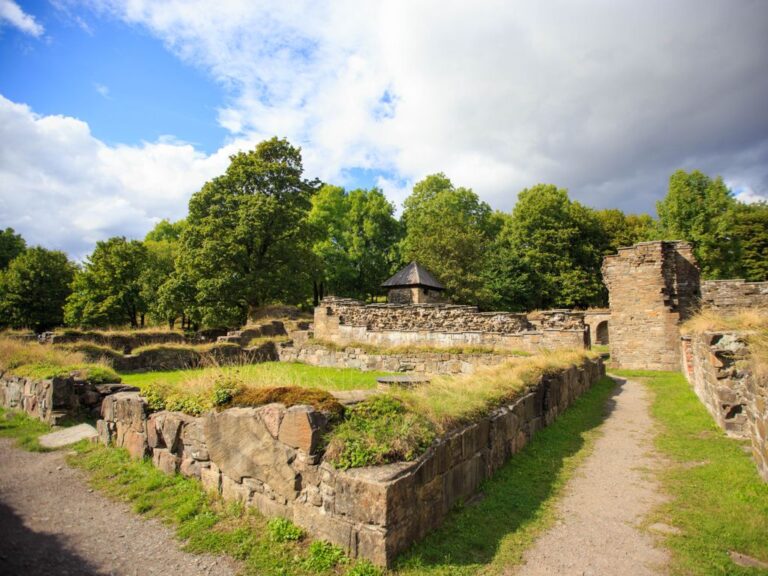
They include monastery ruins, a small cafe, an old military storage facility, cannon batteries, a Victorian house, beaches and forested areas.
Lindøya island has a very different feel. It's home to a number of colourful holiday cottages used by residents of Oslo during the summer. Seaplanes used to serve this island and the neighbouring Gressholmen.
No matter which island you choose, there are plenty of opportunities for photos both on the islands and back towards the city.
I hope these nine ideas get you started! Where's your favourite place for taking photos in Oslo?

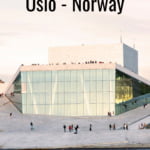

I just love Norway and its heritage. Hoping to visit Fjords one day and cash a fish from fresh waters of this lovely, peaceful and HAPPY COUNTRY!!!
At the end of T-bane Line 3 one can easily hike to Kolsas Toppen that has a nice view over the area. There is also Grefsen Kollen as well which has a very nice view. One of the nicer places is also Semsvannet a lake in Asker it has a hike around the lake and the reflections of the foliage on the water can be really nice in the fall. The lake Sognsvann has nice views and many hikes around the area but also has a lighted trail around it and its really nice views as well.